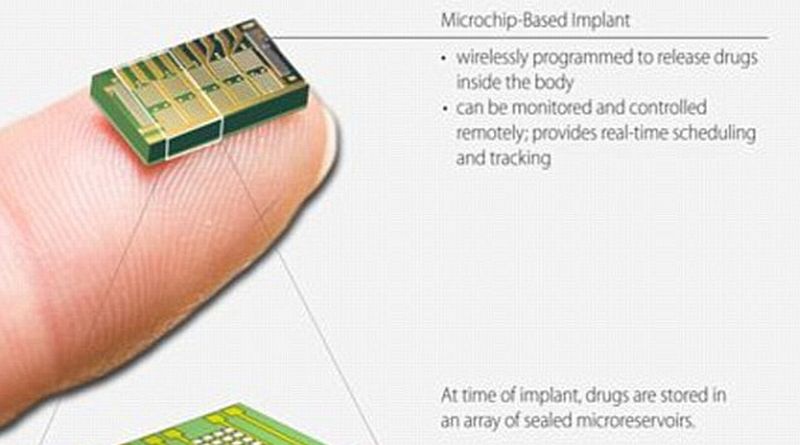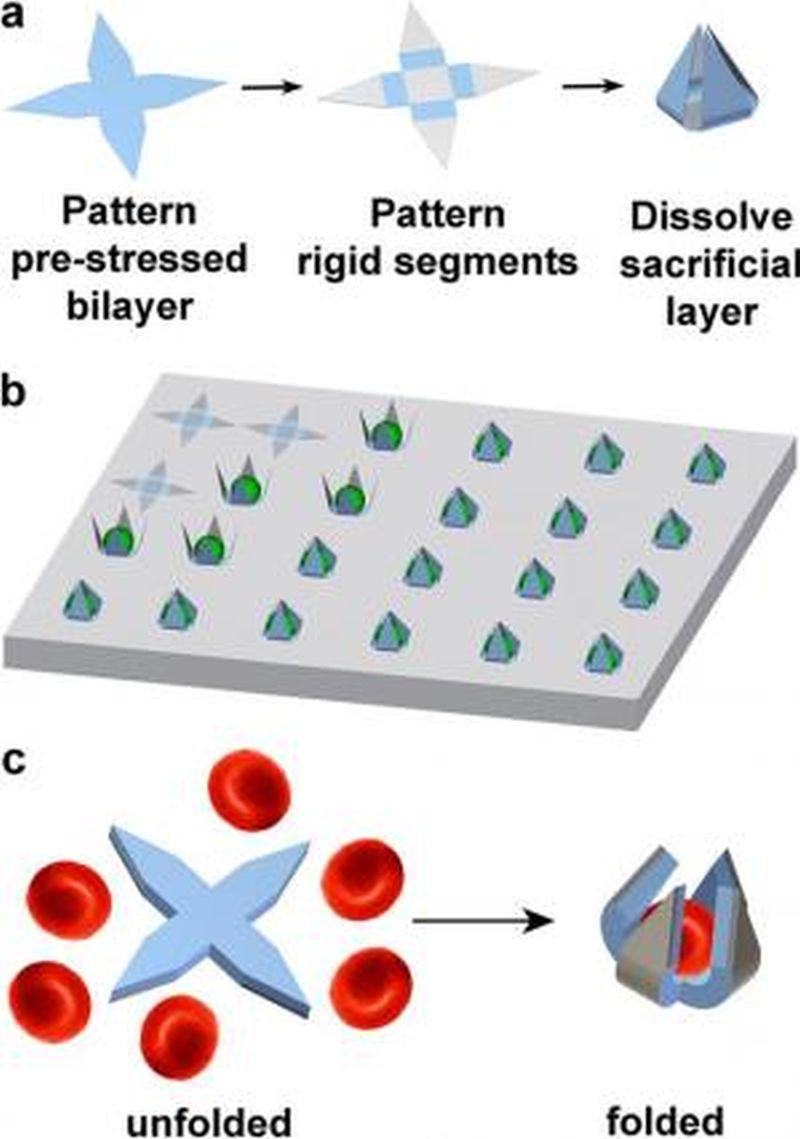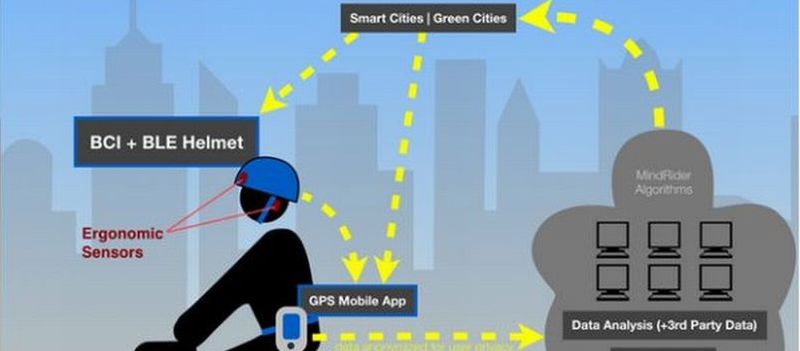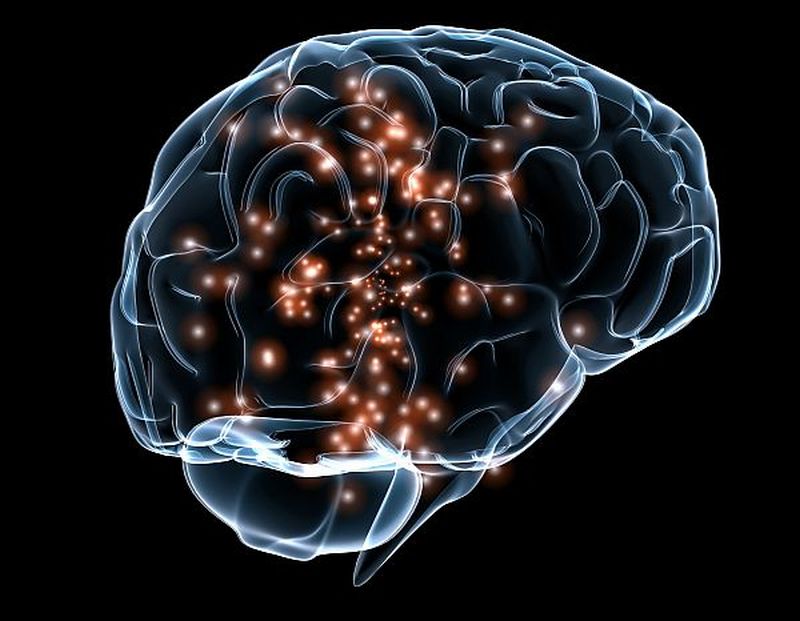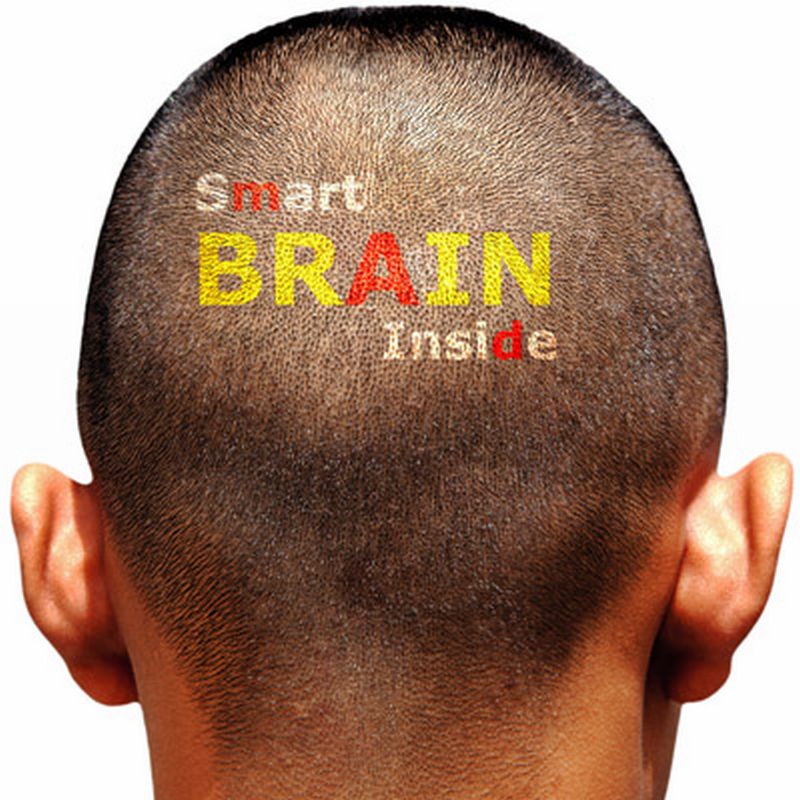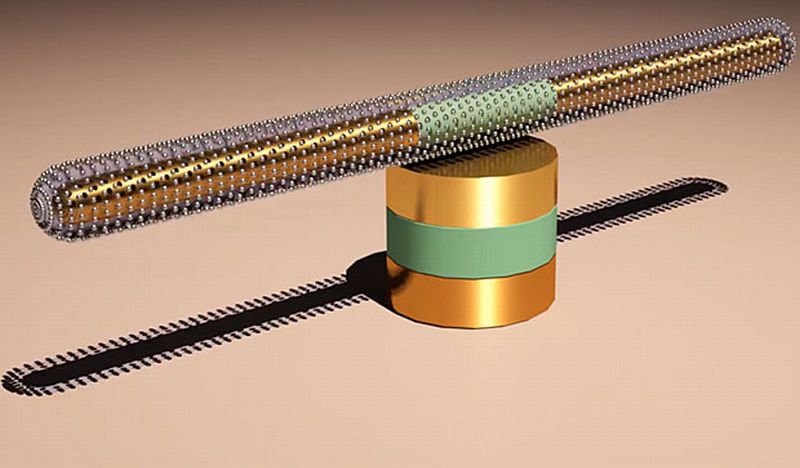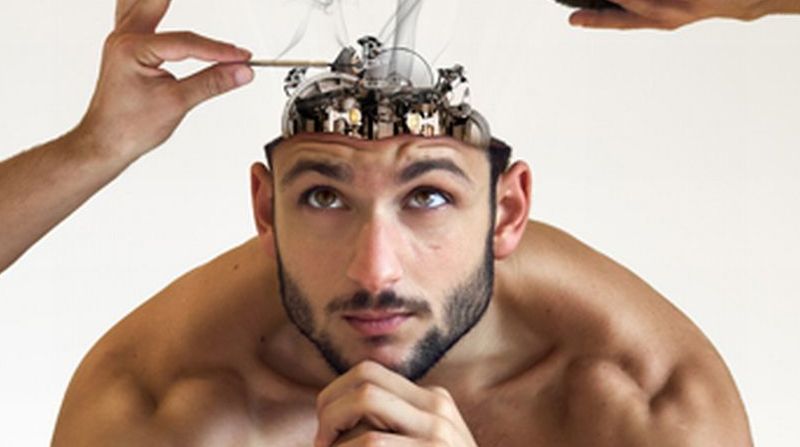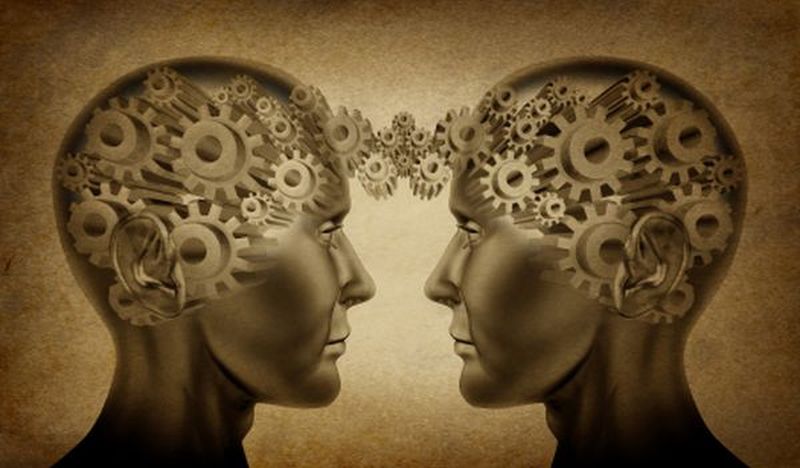Impurity free water is of utmost importance for human survival. Unfortunately, millions of people still lack access to safe drinking water. Every year, people in huge numbers die suffering from water borne diseases. Recently, a low cost device has been developed by scientists that can be used in developing nations for monitoring water quality in real time, thus, skipping the requirement of any expensive lab equipments. The traditional processes of monitoring pollutants in drinking water were time taking, costly and involved specialist technical expertise.
Read MoreTag: innovation
Contraceptive Implant with Remote Control: Women Conceiving with a Push of Button
Last month we witnessed MagnetoSperm microrobots for the nanoworld and now research scholars at MIT lab have devised a technology oriented birth control drug delivery system, which can be controlled from the outside. The 20 x 20 x 7 millimeters devise is supposed to be implanted inside the skin somewhere around buttocks, abdomen or upper arm. The mechanism Single implant will last for about 16 years with 30mg of levonorgestrel doling out per day. Levonorgestrel is the same hormone that is used in most of the over the counter contraceptives.…
Read MoreSelf-folding Gripper for Capturing Single Cells: Wafer Fabricated for Cellular Analysis
Human body is composed of different biological cells. Each cell is unique. Research shows that a sample of biopsied tumor consists of various distinct cells. These cells differ in their rate of proliferation, responsiveness to drugs, potential metastasis and so on. Therefore, it is essential for researchers to understand the behavior of individual cells and then accordingly design therapy and treatments, for which seizing individual cell is very important.
Read MoreAutomated Parking System: ‘Ray’ the New Parking Assistant
Nowadays it is a major challenge to find a perfect parking space in cities, especially in a busy area like markets, railway station or at the airport. The trouble further increases when you are in a hurry to board a flight or watch a movie in the theater.
Read MoreBiofuel from Waste Coffee Grounds: Car running on Coffee
Recycling industrial or household waste is very imperative for keeping the environment clean. Recently, researchers from the University of Bath have demonstrated an effective method of generating biofuel from waste coffee grounds that can power vehicles.
Read MoreMindRider: Brain Monitoring Systems for Mapping Mental Experience
Researchers at the MIT Media Lab are working towards creating a novel helmet system that would reflect bike rider’s mind in the real time. It will be able to mind map rider’s engagement level from relaxed state to focused level while navigating through the routes. Mapping Mental Experience Sensors are embedded within the foam of the helmet that would act as a bridge between the brain waves and translating those ripples into the display of level of engagement. The technique is based on EEG (electroencephalography) where the embedded sensors act…
Read MoreThermometer for Ultrasensitive Measurements: Temperature Control
Physics researchers at the University of Adelaide have successfully created a rare thermometer, efficiency of which is thrice the existing best thermometers so far. Reporting further, the experts expatiated that they were able to gauge temperature with the ‘nano-Kelvin thermometer’, through an accuracy of thirty billionths of a degree. Researchers asserted that they have reached the highest level of precision in terms of measuring temperature at room temperature. Talking about the innovation, Professor Luiten one of the lead researcher said that temperature at subatomic level is not static rather fluctuating.…
Read MoreNeuroprosthetic Devices on Deep Brain Simulation Technology: Implants to Restore Memories
A new initiative by the US military program focuses around treating defense personals from the after effects of being into war. In majority of cases, soldiers who come back from battle zones develop adjustment problems or psychiatric disorders to be more specific. For instance, combatants were diagnosed with “shell shock” during the era of WW I, “battle fatigue” during WW II and in Vietnam War, it was PTSD, post-traumatic stress disorder. Backed up by President Obama’s brain initiative, DARPA has received a funding of $70 million from the US to…
Read MoreLearning Process helps Survival of New Neurons: Using Brain at Optimal Levels
In an interesting study in the field of neuroscience, researchers have postulated that learning during the early ages of life helps in the survival of brain cells. Early learning also influence the functioning of brain cells after puberty claimed the same team. An experiment on rats demonstrated that brain cells that were exposed to learning survived with respect to the brain cells in animals that were not allowed to master a particular task. In addition, it was observed that the latter set of animals died quickly too.
Read MoreInternal Monitoring System Responsible for Neural Self-Regulation: The Most Complex Machinery
Parts of any machinery can be replaced, modified or tampered with only when the machine is in an off mode. It is nearly impossible to fiddle around with any operational part while it’s functioning. However, the same principle does not apply for our biological process, especially when we are talking about a nerve cell. This continuous rebuilding without affecting the overall operations has always been neuroscience’s biggest questions. Many theories have been put forward but none of them has ever reached any concrete census. Lately, Eve Marder, the Victor and…
Read MoreNano- Bots to Enter into the Arteries for Delivering Drugs: High-Performing Nanomotors
Very soon, we would be witnessing a 3D world on microchips. During the beginning of this year, researchers at Penn State University demonstrated the movement of nanomotors in controlled manner inside living cells. And now, experts at the University of Texas Austin have developed one of the fastest spinning and relatively longer shelf life nanomotor. The newly fabricated nanomotor has an ability of spinning continuously for nearly 15 hours with a speed of 18k rpm. This is an innovative product in the league where the existing nanomotors display an efficiency…
Read MoreStimulating Neurons can modify Human Learning: Curbing the Addictive Behaviors
Neuroscientists at the University of Pennsylvania have put forth a research as per which excitation of a set of dopamine-sodden neurons within the brain has substantial chances of altering the learning process. These neurons are present in substantia nigra, the grey matter in the midbrain. Stimulating this patch of the brain has resulted in altered learning by swaying people to reiterate physical actions leading to positive reinforcement producing immediate reward. For the experiment, eleven individuals who were going through deep brain stimulation (DBS) treatment for Parkinson’s disease were taken into…
Read MoreRight Enzymes Replicated the Semi-Synthetic DNA: Expanded-DNA Biology
Scientists always dig deeper into the functioning of nature in order for their better understandings. At times, these trials and errors have given rise to serendipity or accidental discoveries in science, amongst others, recent being how sliding saltwater over graphene generated electricity. While at other times, these experiments go beyond the natural order of workings even at the miniscule level.
Read MoreFarm Bots Will Milk the Cows: Robotics in the Ranch
Robots are quickly making entry into almost all aspects of human work from household to industries, these machines are just everywhere making work easier and faster too. They have also entered in dairy farms, which were so far managed by humans.
Read MorePredictive Power of Brain: Similar Activity Patterns are Exhibited amid Speakers and Listeners
At times, won’t we experience that while conversing with someone, the other person just say what were thinking or were about to spill out the same topic. And then we mutter, “what a coincidence” or as I say, “great minds thing alike” 🙂 well, this actually is not the case, neuroscientists have discovered new findings about the role of the brain during a communication. They say that people often predict what the speaker is about to say, because the brain activity of the listener is similar to the speaker.
Read More

